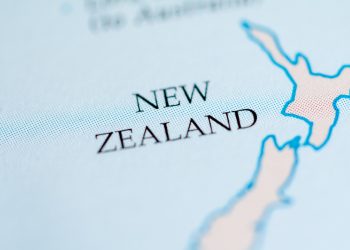Circular issued by the Japan P&I Club
 The process of manufacturing Direct Reduced Iron (DRI) from iron ore and the subsequent hot briquetting procedures generate unwanted by-products in the form of dust and broken chips during most of the stages. Some manufacturers recover these materials and offer them for shipment.
The process of manufacturing Direct Reduced Iron (DRI) from iron ore and the subsequent hot briquetting procedures generate unwanted by-products in the form of dust and broken chips during most of the stages. Some manufacturers recover these materials and offer them for shipment.
Historically, such cargoes have mainly originated from Venezuela and Trinidad, although shipments have also been made from the US, Mexico and Libya. This cargo has been responsible for a number of casualties in the past, most notably the MV YTHAN in 2004, in which six crew members lost their lives during explosions that occurred in four of her five cargo holds and which also resulted in the loss of the vessel.
This cargo was not specifically included in previous editions of the Bulk Cargo Codes. Following extensive discussion, a new schedule was drafted to encompass this material and was included in the 2009 edition of the IMSBC Code, which became mandatory on 1 January 2011 (the latest version of the Code was issued this year). The entry is DIRECT REDUCED IRON (C) (By-product fines), and the definition of the material is based only on its production, particle size and density, without reference to the metallic iron or moisture content.
Despite extensive publicity, cargoes are still being offered and shipped that do not have DRI in their descriptions, but which in fact are blends that contain a significant proportion of DRI (C) fines. Descriptions have included reoxidised iron fines, iron fines (blend), iron ore pellet chips, oxide fines, pond fines, sludge fines, remets, clarifier slush and dust, spent iron fines and lodos. Other similar cargoes include DRI in the description, but are offered on the basis that they are not DRI (C) and therefore do not need to be carried in accordance with the DRI (C) Schedule of the Code.
Members should also be aware that, even if the cargo offered is not DRI (C), in some instances stockpiles are adjacent and non DRI cargo can become contaminated with DRI fines. This circular provides guidance to Shipowners, Masters and Charterers on the information to be requested to assist in the identification of DRI cargoes and the correct, safe practices for carriage.
Click here to view more information
Source: The Japan P&I Club





























































